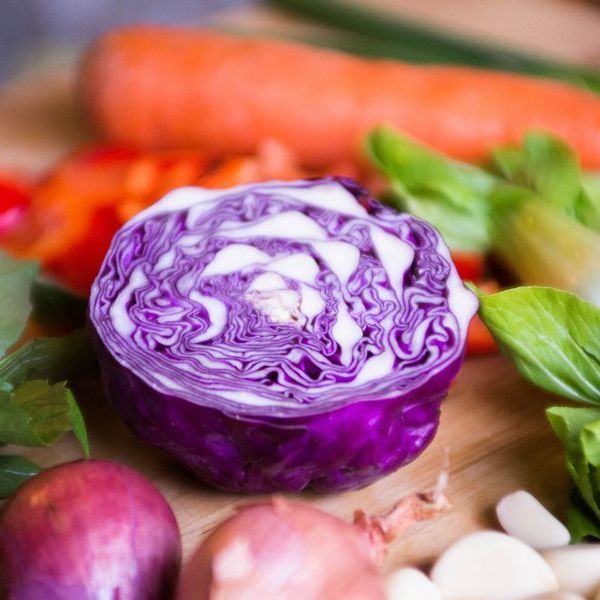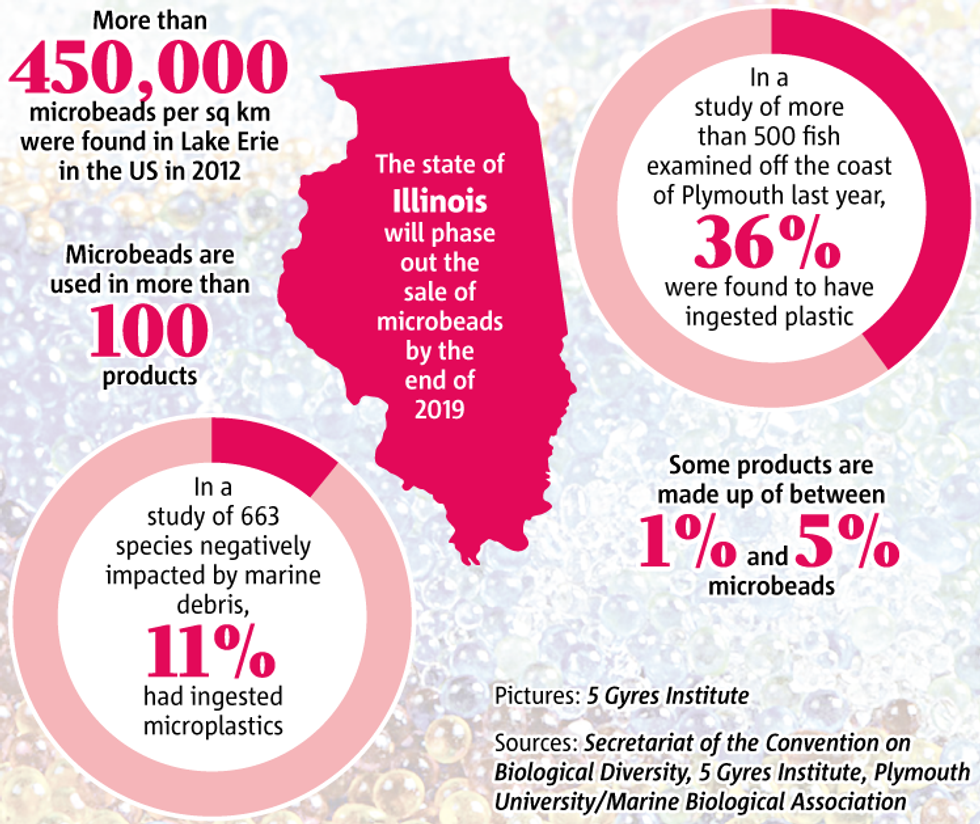Since the Industrial Revolution, the business of plastic production has skyrocketed from almost nothing to hundreds of millions of tons; 1.5 million metric tons in 1950 and nearly 300 million metric tons in 2012. Staggering quantities of this plastic has been documented entering rivers, lakes, and oceans since the 1970s, infiltrating all marine ecosystems. Worse yet, the problem continues to grow.
What Are Plastic Microbeads?
In ten words or less, microbeads are really tiny pieces of nonbiodegradable plastic. To be more specific microbeads are usually classified as plastic particles smaller than two millimeters in size. The composition of plastic varies from product-to-product. Most commonly microbeads are made up of polyethylene (PE), polypropylene (PP), polyethylene terephthalate (PET), and
The Microbeads In Our Waters
Fun (or not-so-fun) fact: Marc Ward from the Sea Turtles Forever Blue Wave Team filtered more than half a pound of plastic from one square meter of water
Another not-so-fun fact: an estimated 470 million microbeads pollute the San Francisco Bay every day. That means in a years time approximately 172 billion microbeads have entered the San Francisco Bay alone. In one year, the San Francisco Bay's microbead population is 24 times the world's human population of 7 billion.
Once at sea, the plastic of microbeads often breaks down into even smaller pieces, but it still doesn’t "go away”. Only about 10 percent of this plastic remains
The Microbead In Our Food
Once microbeads are unleashed into our waterways, they can make their way up the food chain all the way to the human level. You may be thinking there's no way the piece of cod fish I'm eating for dinner has been contaminated by plastic, but yes, chances are it has.
Beginning at the bottom of the food chain, so to speak, studies have recently found that microbeads are small enough for even plankton to ingest. Plankton remain a massive food source for smaller species of fish. Fish species that humans harvest for food have been known to eat, not only these "infected" smaller fish, but also micro-plastic particles themselves at an alarming rate. The toxins absorbed in plastics transfer to fish tissue, the same fish tissue that makes up your sushi. Plastic microbeads absorb persistent organic pollutants such as pesticides, motor oil, and other industrial chemicals. A single microbead can be up to a million times more toxic than the water around it.
Stopping The Spread Of Microbeads
The first step is to be aware. Most people have no idea the little beads marketed as exfoliators are actually bits of plastic. In the United States, The Food And Drug Administration (FDA) requires that if a product contains microbeads the company has to list the ingredients. If you see any of the following
Right now, about 18 states in the US, Canada, Australia, and several countries in Europe are considering bans of products that contain plastic microbeads. The Canadian federal government has announced it's intentions to classify microbeads as a toxic substance within the Canadian Environmental Protection Act and introduce new regulations. Unilever announced in 2012 to phase microbeads out of the production of facial scrubs and exfoliators by 2015. Johnson & Johnson is working towards removing all microbeads from their products by 2017.
.























